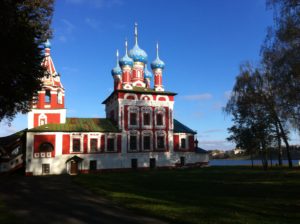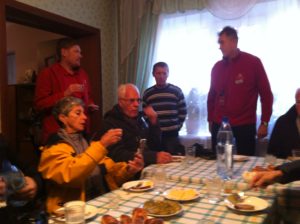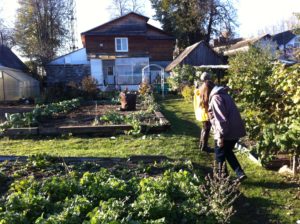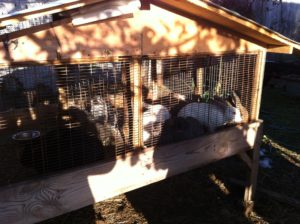The Moscow Canal will take us to the Volga. Its 80 miles was a Stalin project, begun in 1932 and dug by several million prisoners. Though the dimensions of the project were far greater than either the Panama or Suez canals (15 dams, 11 locks, 8 hydroelectric power stations, 5 pump stations, and 15 bridges}, it was completed in five years. “Mother Volga” itself, at 2,000 miles, is Europe’s longest river, and, with its chain of dams and navigation locks, carries two-thirds of the country’s river freight.
The so-called Golden Cities we will visit, some of Russia’s oldest, are iconic with onion-shaped domes, kremlins, and gingerbread houses. Our boat moors first at  Uglich where we visit the star-spangled domes of the Church of St. Dimitry on the Blood, built to commemorate the mysterious death, at 8 years old of Dimitry, Ivan the Terrible’s youngest son. The story put about was that he’d fallen on a sword in an epileptic fit, but it’s believed that he was murdered on the orders of Boris Godunov, regent for Demitry’s enfeebled older brother Feodor. The event was the catalyst for Alesandr Pushkin’s drama and for the opera by Modest Mussorgsky based on it – the most performed of Russian operas.
Uglich where we visit the star-spangled domes of the Church of St. Dimitry on the Blood, built to commemorate the mysterious death, at 8 years old of Dimitry, Ivan the Terrible’s youngest son. The story put about was that he’d fallen on a sword in an epileptic fit, but it’s believed that he was murdered on the orders of Boris Godunov, regent for Demitry’s enfeebled older brother Feodor. The event was the catalyst for Alesandr Pushkin’s drama and for the opera by Modest Mussorgsky based on it – the most performed of Russian operas.
Next we pay a visit to the home of a working class couple. He’s a security guard  and she works in a clothing shop. We sip home-made vodka and appreciate home-made pastries as the couple tell us of their life. They built their modest, but comfortable, home themselves and raised two daughters here.
and she works in a clothing shop. We sip home-made vodka and appreciate home-made pastries as the couple tell us of their life. They built their modest, but comfortable, home themselves and raised two daughters here.
They are largely food self sufficient, keep a pig, rabbits and chickens, and grow most of their vegetables and  fruits. Viking has, of course, paid them for their hospitality, but they seem genuinely interested in sharing stories from their lives. We feel a connection with their aspirations and their joys, especially their devotion to the grandchildren they treasure.
fruits. Viking has, of course, paid them for their hospitality, but they seem genuinely interested in sharing stories from their lives. We feel a connection with their aspirations and their joys, especially their devotion to the grandchildren they treasure.


What a wonderful adventure!
It only gets better!